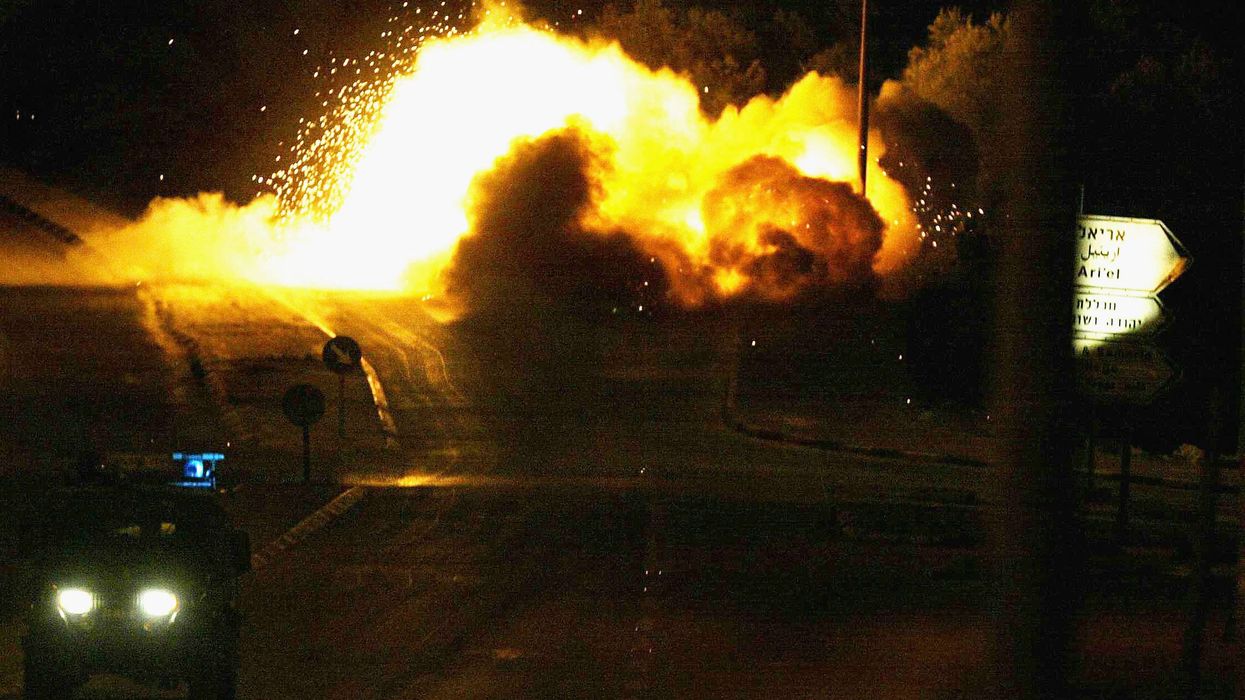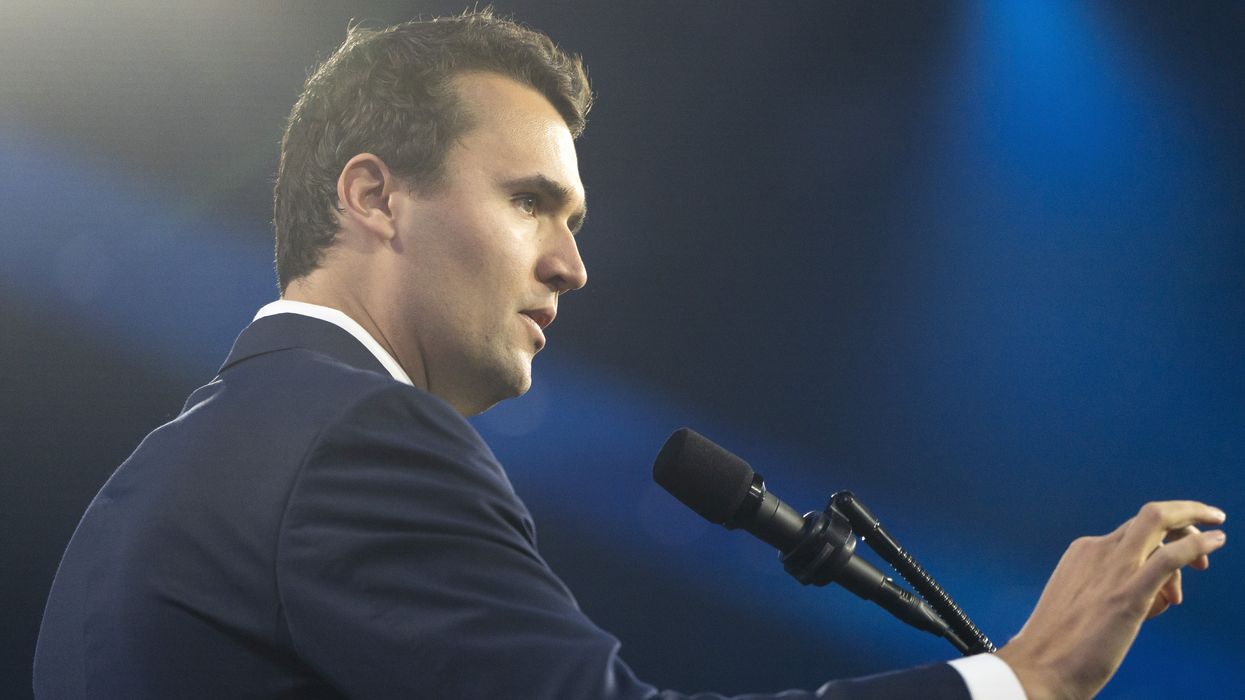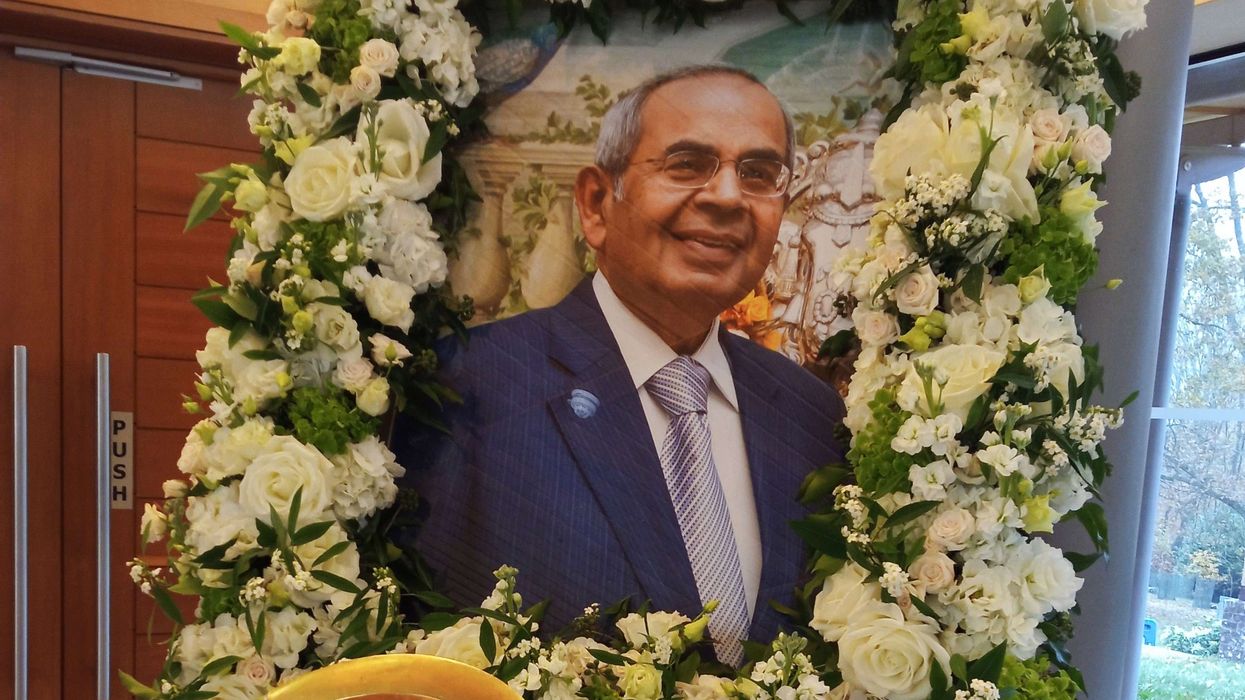A new track titled 'Boom Boom Tel Aviv' is making waves online, with its high-energy beat and visually vibrant lyric video quickly gaining popularity across platforms such as TikTok, Instagram, and YouTube.
The song, uploaded to YouTube on 20 June 2025, has captured global attention for its infectious chorus and bold celebration of Tel Aviv’s culture and nightlife. Though not associated with any official tourism campaign, the track is already being embraced by content creators and social media users as a celebratory anthem for the Israeli city.
A fast-rising viral hit
Within hours of its release, 'Boom Boom Tel Aviv' began trending on X (formerly Twitter), Threads, and TikTok, where users began pairing clips of the track with travel videos, dance routines, and city-life montages. One widely shared post simply stated, “Someone made a song called Boom Boom Tel Aviv—this is a music video. It’s viral af,” highlighting the organic nature of the song’s popularity.
Although the artists behind the track have not yet issued a public statement, the video’s quick rise suggests that the song has tapped into a desire for upbeat, location-themed music that reflects a sense of place and identity. The chorus is short and repetitive, perfect for short-form video platforms, while the video itself features a montage of stylised visuals representing Tel Aviv’s streets, beaches, and nightlife.
Echoes of earlier Tel Aviv tracks
This is not the first time Tel Aviv has been the focus of a dance anthem. In 2022, the Israeli EDM scene saw the release of 'Boom Boom Bass' by JETFIRE, Meital De Razon and Forever Tel Aviv, which gained traction in local nightclubs. However, 'Boom Boom Tel Aviv' is not a remix or sequel to that track. Instead, it stands alone as an original composition with its own distinct rhythm and message.
The track combines electronic elements with a pop sensibility, producing a sound that is both accessible and danceable. Though the lyrics are relatively simple, they appear designed for instant replay and remixing, a formula that has worked for other viral hits in the recent past.
Cultural pride and timing
The song's success comes at a time when city-based identity and digital self-expression are closely intertwined. As global travel slowly returns to pre-pandemic levels, music that champions specific locations, especially energetic and visually distinctive ones, tends to do well on social media.
Tel Aviv, known for its nightlife, beachfront culture, and progressive attitude, offers a strong backdrop for such a track. Users from both Israel and abroad are using 'Boom Boom Tel Aviv' to soundtrack their posts, often combining it with cityscapes, drone footage, or clips from recent festivals.
A track to watch
While it remains to be seen whether 'Boom Boom Tel Aviv' will reach the scale of global hits like 'Jerusalema' or 'Calm Down', its rapid rise suggests it may become a summer anthem for 2025, particularly among younger audiences looking for upbeat, location-specific content.
- YouTube YouTube/ We Trust
As the views climb and remixes begin to surface, the song is poised to become one of this season’s most unexpected musical successes.














